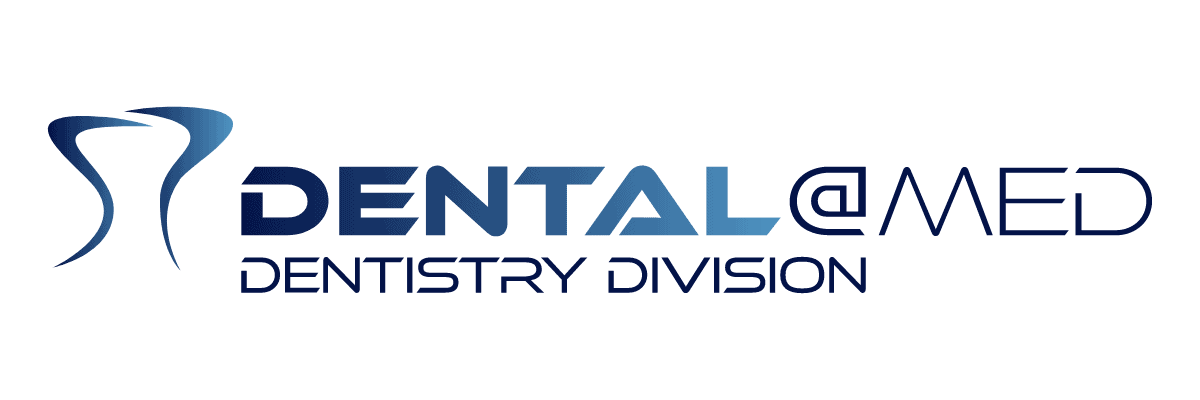Orthodontics
The branch of orthodontics, also called orthodontia (from the Greek “orthòs”, straight, and “odòntos”, tooth) is dedicated to the alignment and repositioning of teeth. It also focuses on the correct development of the upper and lower jaw bone, restoring smile aesthetics and correct functioning of the stomatognathic apparatus.
What is the advantage of orthodontic treatment?
The correct positioning of teeth and jaw bones helps improve dental hygiene and mastication, thus guaranteeing good health of the oral cavity and digestive system. Correct tooth alignment can mean improved appearance and increased self-esteem. Lastly, contact between well distributed teeth can reduce the frequency of headaches, diurnal and nocturnal bruxism, neck pain, gum disease, abnormal tooth wear and maxillary joint problems.
When is it best to start?
The recommended age for the first orthodontic check-ups is around 5-6 years. As young patients grow, altered bone growth can be detected and corrected. In children, given that these structures are still growing, intervention is possible with better results, faster treatments and often, at a lower cost.
Can an adult be treated?
Absolutely, however benefits must be weighed up on a case by case basis. Teeth can be moved at any age, if the gums, periodontium and bone surrounding the teeth are healthy enough for the procedure. A vast range of braces are available, including highly aesthetic ones.
What results do we expect?
The following results are to be expected in orthodontic treatment in young people:
- Alignment of “overlapping” teeth;
- Improved aesthetics;
- Creation of a harmonious facial profile and good bite shape, by guiding maxillary bone growth;
- Lower probability of front tooth trauma;
- Maintaining space for teeth which are yet to erupt;
- Lower probability of successive dental extractions;
- Lower probability of experiencing complications linked to malocclusion
What kind of braces are used?
Today it is possible to choose from different braces, in aesthetic and functional terms: some traditional ones are made from metal, others from transparent material. Following preliminary examinations, we can establish the type of treatment, necessary time for treatment and relative cost plan, on a case by case basis.
How many hours a day should aligners be worn?
During the day, transparent aligners must be worn 22 hours a day or should only be removed for eating and cleaning your teeth.
With less daily use, the teeth tend to return to their original position, thus compromising the desired result.
Traditional braces (Fixed Orthodontics) can only be removed by the dentist.
Is it painful?
No, although there is an initial adjustment period.

